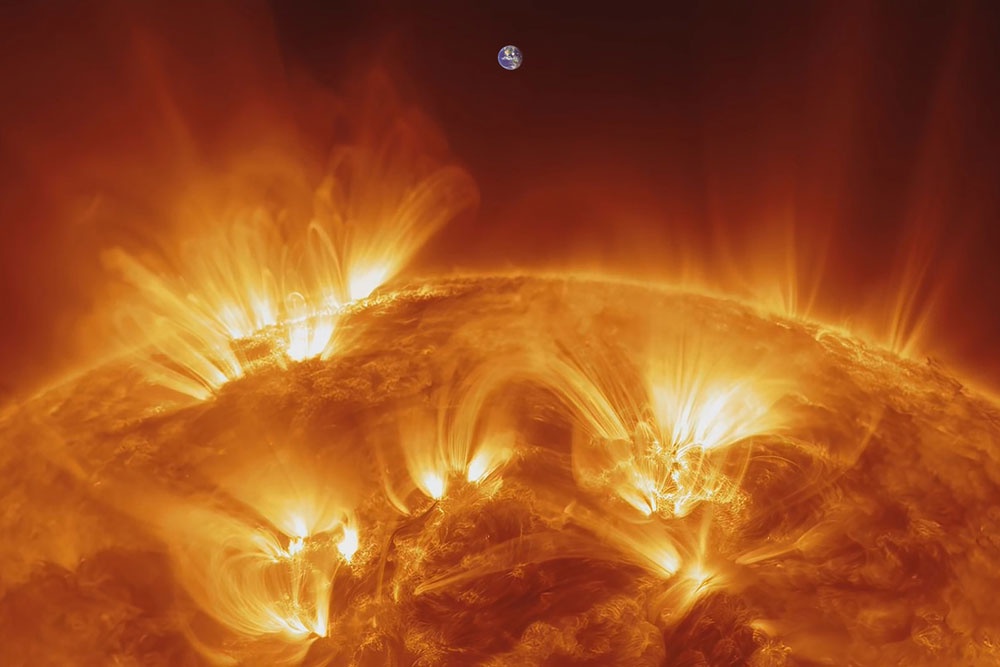Scientists from the Laboratory of Solar Astronomy and Heliophysical Instrumentation at the Space Research Institute of the Russian Academy of Sciences and the Institute of Solar-Terrestrial Physics (ISTP SB RAS) have reported a resumption of strong solar flare activity, last observed in mid-October and interrupted for two weeks. As a reminder, several days ago they recorded that the solar flare activity index dropped to zero for the first time since the beginning of the year.
As experts noted at the time, the Sun has continued to send conflicting signals about its activity since the beginning of the year. Periods of intense flares lasting a week or more alternate within just one or two days with periods of sluggish activity, which can also last for weeks. High dynamics are also observed in global solar cycle indices, which fluctuate up and down throughout the year and do not yet allow for reliable identification of current trends. All this allows for a wide range of predictions, including the possibility of the star returning to the peak activity levels of the previous year.
And now, a new event. Last night, around 4:00 AM, a flare of M1.0 magnitude occurred on the star’s eastern edge. This is considered a class 4 (strong) activity on the 5-level scale used in solar physics. Only the most powerful X-level events are classified above M.
The flare was observed for approximately 11 minutes—from 3:26 to 3:37 Moscow time. Scientists emphasize that the event will not impact Earth.
But, according to them, the nighttime event could be a harbinger of a long-term (at least a week) surge in solar activity, the peak of which will occur next week from November 3 to 9.
“Currently, two powerful centers of activity are observed on the left side of the Sun, emerging toward Earth. These are visible from large magnetic loops reaching altitudes of up to 200,000-300,000 km (with the Earth being approximately 13,000 km in size). The presence of giant centers of activity on the far side of the Sun was predicted by the large explosions observed there last week, which also raised questions about the fate of the interstellar comet 3I/ATLAS , which was directly hit by these impacts. However, judging by the latest data, 3I/ATLAS survived, but the centers of activity are now moving toward the side facing Earth, where they will now test the strength of our planet,” the laboratory’s statement reads.
One of the regions located above has already been cataloged as number 4272, which will appear in news reports. As scientists note, it was this region that primarily “confronted” the interstellar “comet-ship” on the far side of the Sun.
